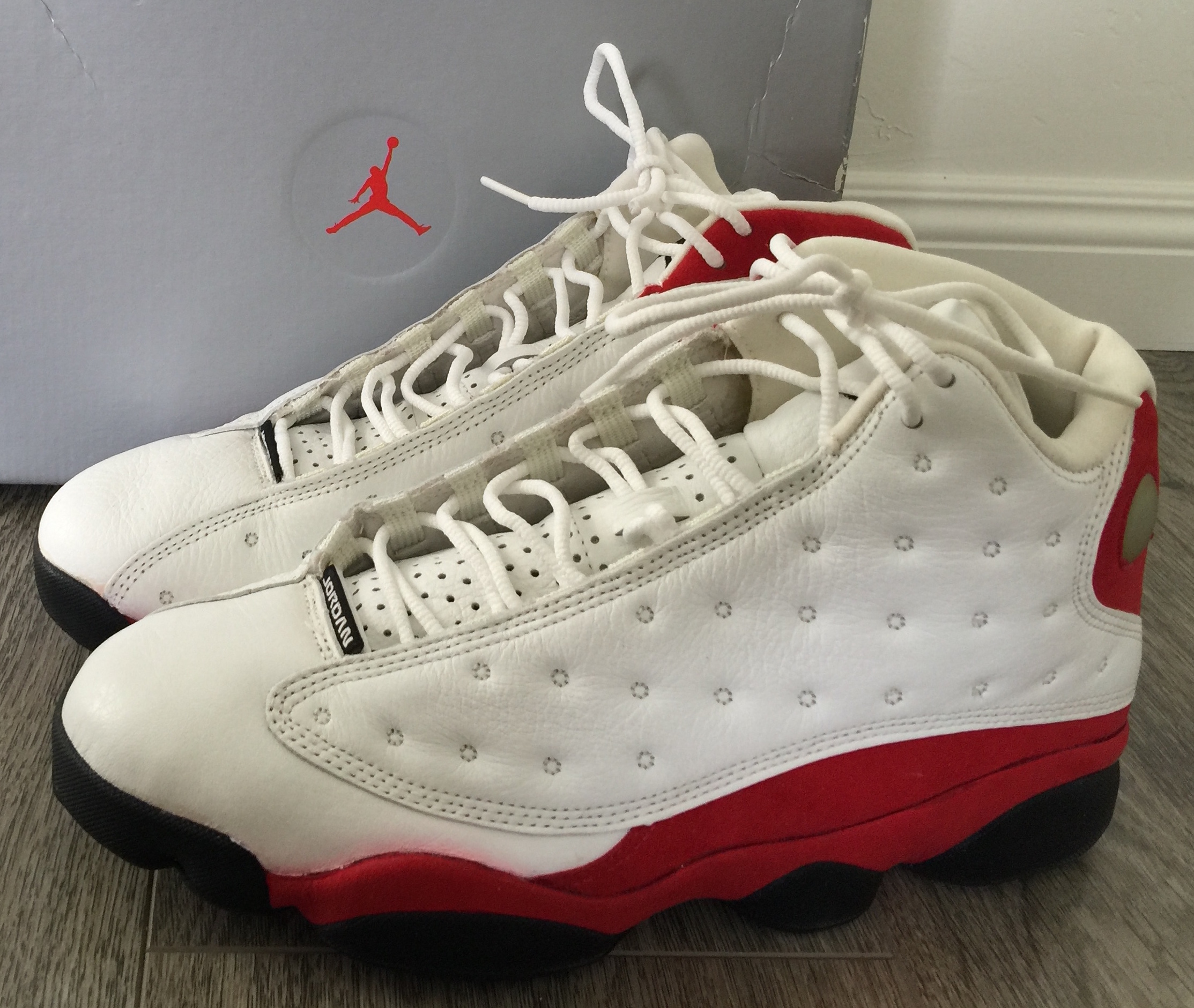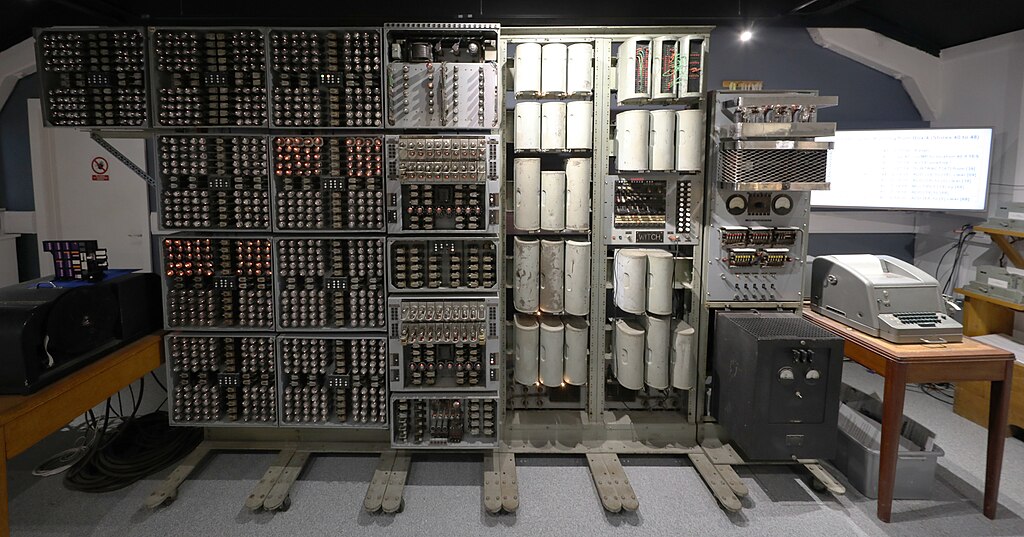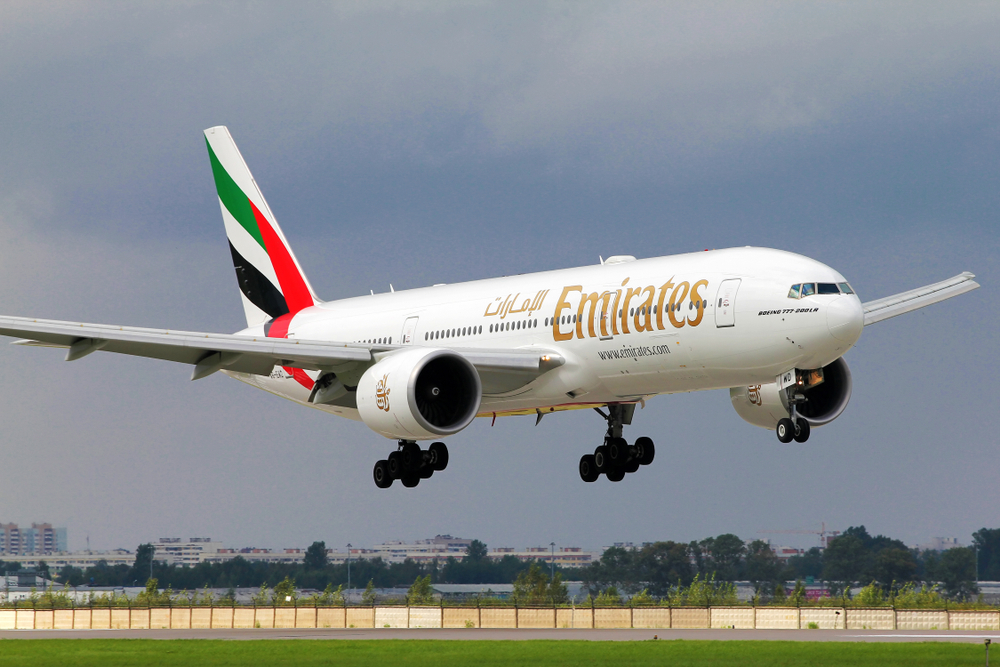The Air Jordan line has become a cultural icon, influencing fashion, sports, and streetwear for decades. The journey began in the 1980s with the release of the first Air Jordan sneakers, which quickly became a sensation among basketball fans and sneaker enthusiasts alike. Each model in the original lineup brought something unique to the table, from groundbreaking design innovations to bold colorways. Designed primarily for performance, these sneakers also redefined style on and off the court. Here’s a look at the oldest Air Jordans ever made, starting with the classic Air Jordan 1.
Air Jordan 1 (1985)

Released in 1985, the Air Jordan 1 is the shoe that kicked off the entire Jordan brand and sneaker culture as we know it. Designed by Peter Moore, it was the first basketball shoe to feature bold, non-traditional colors, which went against NBA uniform codes at the time. This caused the league to fine Michael Jordan each time he wore them, only fueling the public’s interest in the shoe. Originally retailing for $65, the Air Jordan 1 was affordable yet carried an undeniable appeal with its “Bred” (black and red) and “Chicago” colorways. Its high-top design, smooth leather, and iconic “Wings” logo set it apart from other sneakers and made it an instant classic.
Air Jordan 2 (1986)

The Air Jordan 2 arrived in 1986, created by Bruce Kilgore and Peter Moore. This model was a significant shift from the Air Jordan 1, aiming for a more luxurious look inspired by Italian craftsmanship. Unlike its predecessor, the Air Jordan 2 ditched the large Nike Swoosh, focusing instead on a sleek silhouette with premium materials like faux lizard skin and Italian leather. Retailing for $100, it was among the priciest basketball shoes at the time, adding to its status as a luxury item. Despite its minimalist design, it made a lasting impression and set the stage for future innovations in the Jordan line.
Air Jordan 3 (1988)

Released in 1988, the Air Jordan 3 introduced Tinker Hatfield to the Jordan design team and transformed the line forever. This was the first model to feature the iconic “Jumpman” logo and visible Air cushioning, enhancing both style and comfort. Known for its elephant print and mid-cut design, the Air Jordan 3 broke new ground in sneaker aesthetics and functionality. It retailed at $100, which reflected its high-quality materials and innovative design. Michael Jordan wore the AJ3 in some of his most memorable games, solidifying its legendary status among fans and collectors alike.
Air Jordan 4 (1989)

In 1989, Tinker Hatfield continued his design legacy with the Air Jordan 4, a model that further pushed the boundaries of basketball footwear. This shoe introduced unique features like mesh panels for breathability and “wings” for enhanced support and customization. Priced at $110, it was a premium model that reflected the brand’s commitment to both performance and style. The Air Jordan 4’s initial colorways, including the “Bred” and “White Cement,” became iconic, and it was prominently featured in pop culture, most famously worn by Michael Jordan during his legendary “The Shot” game-winning moment.
Air Jordan 5 (1990)

Launched in 1990, the Air Jordan 5 was inspired by World War II fighter planes, and Tinker Hatfield once again delivered a unique design. This model introduced reflective 3M material on the tongue and a translucent outsole, giving it a bold, standout look. Retailing for $125, it represented a significant price increase but justified it with advanced features. The “shark tooth” midsole design became an instantly recognizable element, and the shoe offered enhanced ankle support with its high-top build. The Air Jordan 5 also introduced lace locks, which allowed wearers to customize their fit and became a favorite detail among sneaker fans.
Air Jordan 6 (1991)

Released in 1991, the Air Jordan 6 is remembered as the shoe Michael Jordan wore during his first NBA Championship win. Tinker Hatfield’s design featured a reinforced toe, rubber heel tab, and visible Air cushioning, merging style and performance. With a retail price of $125, it retained the premium feel established by its predecessors. The shoe’s “Infrared” and “Carmine” colorways became instantly iconic, and its comfortable fit made it a popular choice both on the court and in the streets. This model’s sleek silhouette and sporty design paved the way for the brand’s future successes.
Air Jordan 7 (1992)

In 1992, the Air Jordan 7 marked another evolution in the Jordan line, combining a minimalist design with African art-inspired patterns. Tinker Hatfield aimed for a lighter, more breathable shoe, eliminating visible Air units and opting for a Huarache-inspired inner sock. Retailing for $125, it debuted vibrant colorways like “Bordeaux” and “Olympic,” the latter being the pair worn by Michael Jordan during the 1992 Olympics as part of the “Dream Team.” Its geometric design, combined with MJ’s incredible performance that summer, turned the Air Jordan 7 into a cultural icon that’s still beloved today.
Air Jordan 8 (1993)

Released in 1993, the Air Jordan 8 marked a new era in design with its bold and complex look. Created by Tinker Hatfield, this model was the heaviest Jordan at the time due to its thick, multi-layered construction. It featured unique details like crisscross straps over the laces for added lockdown and support, as well as a chenille Jumpman logo on the tongue for a premium touch. Retailing at $125, the Air Jordan 8 came in striking colorways, including the popular “Aqua” and “Playoffs” versions. This model was particularly special as it was the shoe Michael Jordan wore during his third NBA Championship win, solidifying its place in sneaker history.
Air Jordan 9 (1993-1994)

The Air Jordan 9 debuted in 1993, a significant year as it marked Michael Jordan’s first retirement from the NBA. Designed by Tinker Hatfield, this model celebrated Jordan’s global influence, with outsole designs featuring words in multiple languages, symbolizing his impact worldwide. Originally priced at $125, the Air Jordan 9 showcased a sleek silhouette, perforated panels for breathability, and a unique bootie-like construction for a secure fit. Although Jordan didn’t wear this model in an NBA game, its international-inspired elements made it stand out, and it gained popularity when released in iconic colorways like “Space Jam” and “Charcoal.”
Air Jordan 10 (1994-1995)

Released in 1994, the Air Jordan 10 commemorated Michael Jordan’s achievements with a list of his career milestones engraved on the sole. Tinker Hatfield returned to design this model, emphasizing comfort with a padded collar and lightweight Phylon midsole. This sneaker retailed at $125 and was available in colorways that paid homage to different cities, like the “Chicago” and “Orlando” editions. The Air Jordan 10’s clean design and high-quality leather construction made it a fan favorite, despite Jordan’s brief absence from the NBA. When he returned to the court in 1995, he famously wore a customized version of the Air Jordan 10 in his iconic comeback game.
Air Jordan 11 (1995-1996)

The Air Jordan 11, released in 1995, is often considered one of the most iconic sneakers of all time. Designed by Tinker Hatfield, this model introduced patent leather for the first time, giving it a luxurious and flashy look. It retailed at $125 and featured a carbon fiber shank plate for stability, making it both stylish and performance-oriented. The Air Jordan 11 debuted in memorable colorways like the “Concord” and “Space Jam,” and Michael Jordan wore it during the Chicago Bulls’ historic 72-win season. Its popularity soared due to its unique design, premium materials, and association with one of the greatest seasons in NBA history.
Air Jordan 12 (1996-1997)

The Air Jordan 12 debuted in 1996, inspired by Japan’s “Rising Sun” and the elegance of a women’s fashion shoe. Tinker Hatfield designed this model with premium leather and a full-length Zoom Air unit, making it exceptionally comfortable and durable. Retailing for $135, it was available in iconic colorways like the “Flu Game” and “Taxi.” Michael Jordan wore this shoe while leading the Chicago Bulls to another championship, famously wearing the “Flu Game” pair during a game where he played despite being visibly ill. Its sleek look, combined with historical significance, made the Air Jordan 12 an instant classic.
Air Jordan 13 (1997-1998)

Released in 1997, the Air Jordan 13 took inspiration from a panther, reflecting Michael Jordan’s agility and prowess on the court. Designed by Tinker Hatfield, this model featured a unique holographic “eye” on the ankle and paw-like pods on the outsole for superior grip. Retailing for $150, the Air Jordan 13 became popular in colorways like “Bred” and “Flint.” Michael Jordan wore this model during his last season with the Bulls, adding to its legacy. The Air Jordan 13’s combination of innovative design and performance made it a beloved model among sneaker enthusiasts.
Air Jordan 14 (1998-1999)

The Air Jordan 14, released in 1998, took inspiration from Michael Jordan’s Ferrari 550 Maranello, symbolizing speed and luxury. Tinker Hatfield designed this model with features like the Jumpman shield logo and Ferrari-like vents for breathability. Priced at $150, the Air Jordan 14 came in striking colorways such as the “Last Shot,” named for the memorable final shot Jordan made in Game 6 of the 1998 NBA Finals. With its streamlined design and performance-focused elements, the Air Jordan 14 became one of the most celebrated models, closing out Jordan’s era with the Bulls in style.
Air Jordan 15 (1999-2000)

Introduced in 1999, the Air Jordan 15 was inspired by the X-15 fighter jet, highlighting speed and advanced design. Tinker Hatfield crafted this model with a unique woven upper and an asymmetrical tongue, which stuck out to mimic Michael Jordan’s habit of sticking his tongue out during games. Originally priced at $150, the Air Jordan 15’s bold design included hidden lace systems and a sleek, aerodynamic silhouette. Though Michael Jordan was no longer active in the NBA when this model released, its futuristic style captured the brand’s forward-thinking ethos, setting a daring new direction for the Air Jordan legacy.
This article originally appeared on Rarest.org.
More from Rarest.org
10 Oldest Computers in The World

The story of computing stretches back far longer than most realize, with early inventions laying the groundwork for today’s advanced technology. Read More.
13 Hardy Invertebrates with Mind-Blowing Survival Tactics

The natural world holds some truly bizarre and resilient invertebrates that have adapted to survive extreme environments and conditions. Read More.
10 Largest Passenger Planes in the World

The world’s largest passenger planes are engineering marvels, designed to carry hundreds of passengers comfortably over long distances. Read More.
